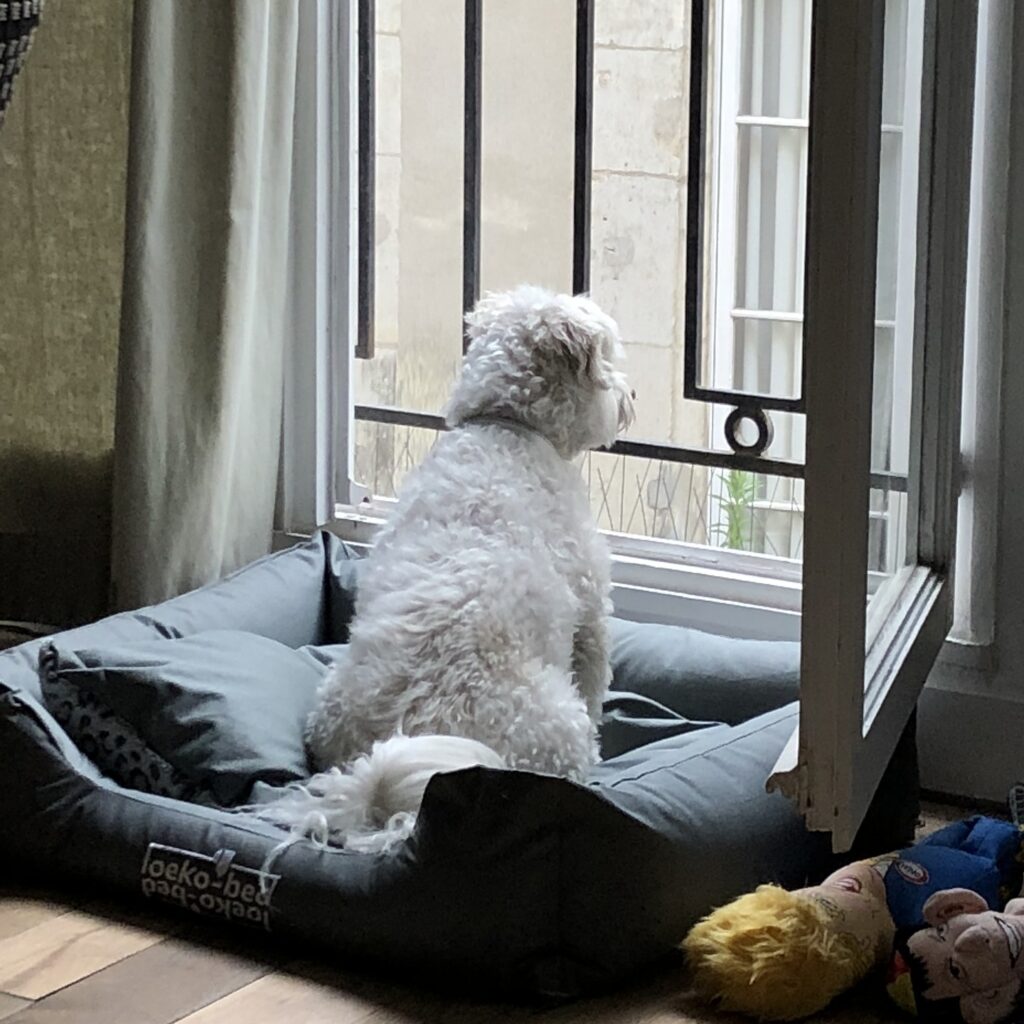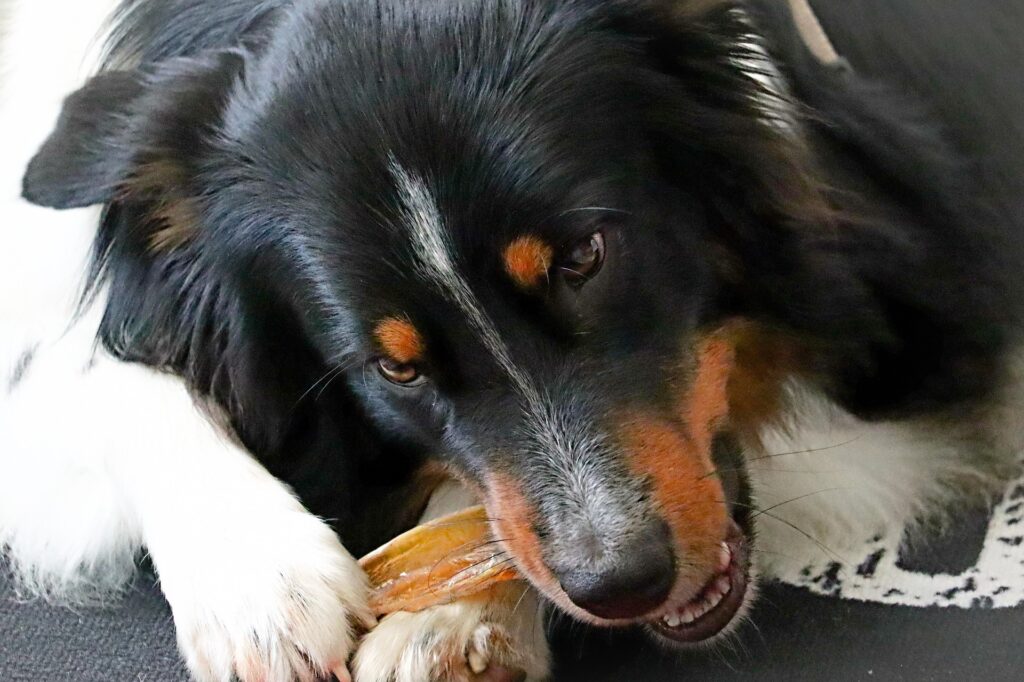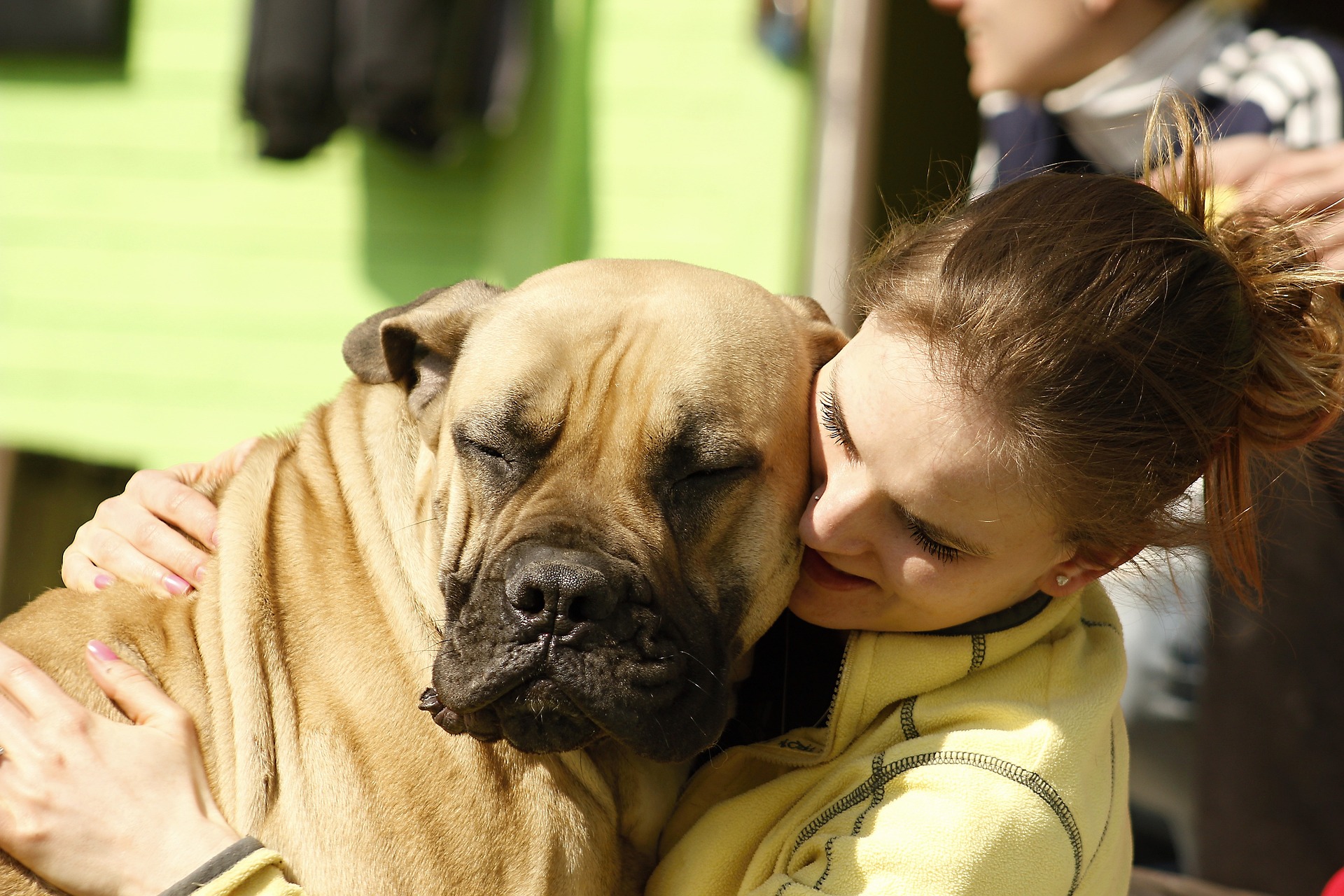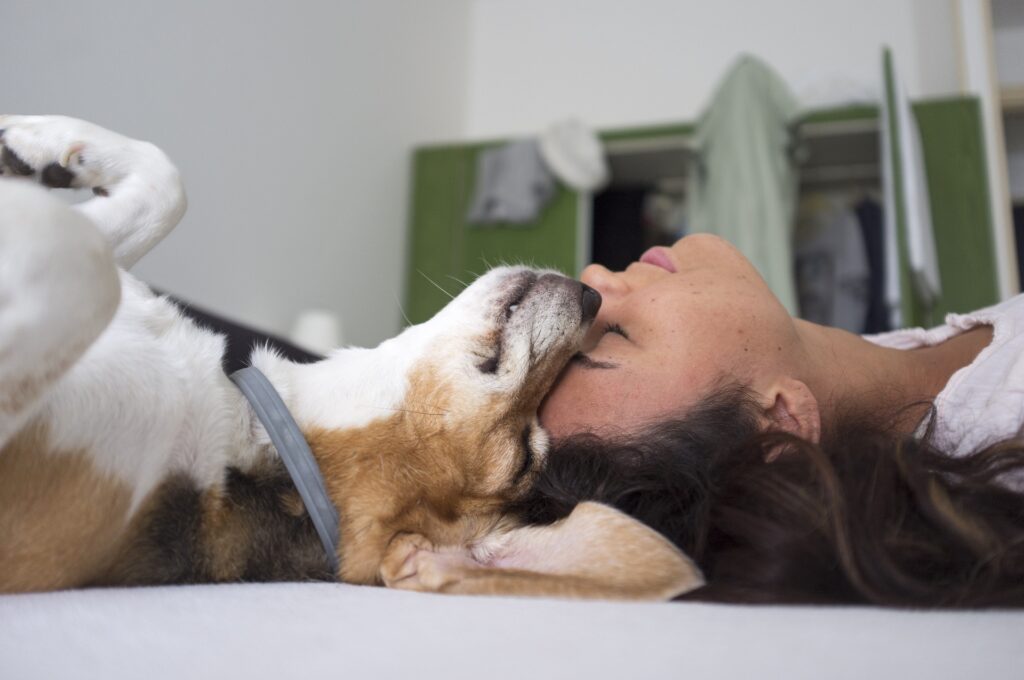Separation anxiety in dogs is a hot topic of late. When 2020 brought lockdowns and changed the way we operated with our world, this had an effect on our pets as well. Many people opted for getting a pet during this time and spent lots of time with their new companions.
As restrictions started to ease and people moved back to their normal routines, many dogs struggled with the changes. Dogs are social animals and suddenly being left alone for long periods of time can drastically affect their emotional well-being.
Even before the big changes to our routines, dogs having separation anxiety wasn’t uncommon. Many people who love a dog with separation anxiety have had to make some hard choices when it comes to taking care of them. Separation anxiety related behaviors are a common cause for relinquishing a dog to a shelter, which often makes the situation worse for treating the dog in question.
If you have a dog who struggles to be alone, you aren’t the only one. While trying to capture the true data behind dogs with separation anxiety has been elusive and subject to bias, trainers the world-over get calls all the time about dogs who struggle to be alone.
To those of you who struggle to care for a dog with separation anxiety, or know someone who does, it can be hard to separate myth from fact when it comes to causes and treatment of it. The internet is filled with misinformation and good intentions.
We have written this article to help debunk the common myths we see as trainers around separation anxiety. Our hope is that this information will spread farther and give some relief and hope to those who love dogs with separation anxiety.
Myth: Dogs grow out of separation anxiety or will get used to it on their own. You have to leave them alone so they can figure it out.
Fact: True separation anxiety takes time and a slow approach to properly treat. Leaving your dog alone without having a proper system set up by a professional trainer can lead to worsening separation anxiety and treatment plans will take longer once they are put in place.
Myth: Leaving your dog with a t-shirt or something with your scent on it will treat separation anxiety.
Fact: While dogs are sensitive to smells, your scent does not replace your presence for your dog. Dogs who have true separation anxiety know the difference between your presence and your scent.
Myth: Playing calming music will help your dog.
Fact: While dogs are sensitive to sounds, music does not replace your presence for your dog in separation anxiety cases.
Myth: If you give your dog a yummy chew before you leave, that should solve the problem. Dogs will associate you leaving with something yummy and a positive experience.
Fact: Food can offer a distraction and mask separation anxiety in dogs. When the food is gone and they realize you are too, the panic can start to set in again. Many dogs with separation anxiety will not eat while you are gone.
Myth: If your dog has accidents, destroys things, or barks while you’re gone, that means they have separation anxiety.
Fact: Accidents, destruction, and barking while you are out of the house can be caused by many factors. A professional trainer can help you figure out the difference between signs of separation anxiety and signs of having an under-house trained dog, a dog who is barking at a different trigger, or a dog who is having a party while you are gone.
Myth: Separation anxiety is just your dog being mad at you because you left them.
Fact: Dogs with separation anxiety are in true terror and panic when left alone. Dogs who are in this state do not destroy things out of spite because you are gone. They are trying to cope with a panic response the best way they know how and often these behaviors can be involuntary, such as evacuating their bowels and bladder.
Myth: If your dog is barking due to separation anxiety while you’re gone, a bark collar or anti-bark device should solve the problem.
Fact: Applying aversives to a panic response makes the situation worse. These products work by delivering an unpleasant stimulus every time your dog does the behavior, like barking. Some separation anxiety dogs will panic more and continue to bark, while others will be in more distress while silent. While they may stop barking, they can start to display other signs of distress that can be just as costly.
Myth: Giving your dog drugs to help them with their separation anxiety will just dope them up and get rid of all the things that make them who they are.
Fact: The right medication can help balance dogs who struggle with separation anxiety and will not change who they are at their core. Working with your trusted veterinarian or veterinary behaviorist can help manage separation anxiety symptoms and create new opportunities for meeting your separation training goals. Medication is often a helpful tool in assisting dogs with separation anxiety on their journey.
Myth: You can’t treat separation anxiety in dogs. They will be that way forever.
Fact: Separation anxiety is treatable. While there is no quick fix and caring for a dog with separation anxiety is not easy, it is possible to help your canine companion through their separation anxiety.
If you have a dog who struggles with separation anxiety, there is hope.
Your dog does not have to live in a state of panic when alone and you don’t have to feel chained to your dog forever.
With the right training, patience, and support, you can help your dog get to a place of calm when left alone.
Message us for your free consultation and learn how we can help your dog feel calm when left alone.













